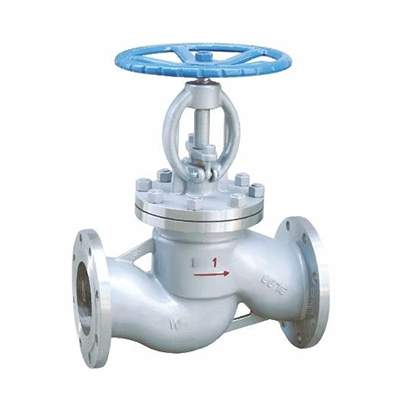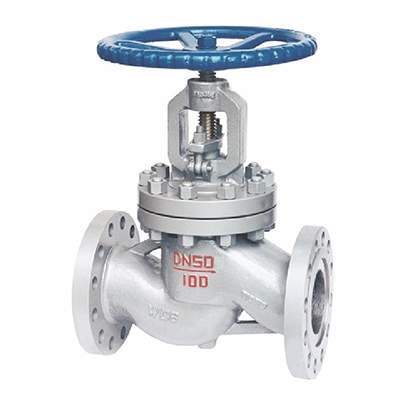Welcome to My Blog!
Before we dive into the content, if you’re interested in our products or have any questions, please feel free to visit our Contact Us page on the website. Our team is ready to assist you with inquiries, orders, or any support you may need.
Now, let’s get started on our journey together. I hope you find the content here insightful, engaging, and valuable.
Introduction

Valves are essential components in plumbing and industrial piping systems, controlling the flow of water, gas, or other fluids. Two commonly used types are stop valves and gate valves, each with unique functions, design, and applications. Choosing the right valve ensures system efficiency, safety, and longevity.
A stop valve, also known as a shut-off valve, is designed to start or stop the flow of fluids. It is compact, easy to operate, and ideal for precise control. Stop valves are commonly installed in residential plumbing systems, HVAC systems, and industrial pipelines, particularly where frequent operation is required.
A gate valve, on the other hand, is primarily designed for full-flow or full-shut-off applications. It uses a gate-like disc that moves vertically to allow or block fluid. Gate valves are typically used in large-diameter pipelines, industrial plants, water treatment facilities, and fire protection systems, where precise flow control is less critical but durability under pressure is important.
Proper selection between these two types can reduce maintenance issues, prevent leaks, and improve operational efficiency.
Key Differences Between Stop Valves and Gate Valves
Function and Purpose
Stop valves provide precise on/off control, making them ideal for systems that require gradual flow adjustments or frequent shut-off. In contrast, gate valves are better for situations where the valve remains fully open or fully closed most of the time, as partial opening can cause gate vibration, wear, or pressure drop.
Design and Mechanism
Stop valves usually feature a rotating stem or disc mechanism that allows for smooth flow regulation. Gate valves utilize a sliding gate that lifts or lowers perpendicular to the flow. This design difference affects installation space, operation speed, and maintenance requirements.
Flow Control Capabilities
Stop valves allow partial opening without damaging the internal components, making them ideal for throttling applications. Gate valves, however, are not designed for throttling; operating them partially open can cause turbulence and damage the gate or sealing surface.
Materials and Construction Options
Both valve types are available in multiple materials. Brass stop valves are commonly used for residential water supply, stainless steel valves are preferred in chemical and high-temperature applications, and bronze valves offer corrosion resistance in marine or industrial environments. Selecting the right material ensures longevity and compliance with system requirements.
Applications of Stop Valves
Stop valves are extremely versatile and are used across residential, commercial, and industrial settings:
- Residential Plumbing Systems: Installed under sinks, toilets, and appliances to isolate water supply during repairs or emergencies.
- Industrial Water Supply Systems: Used for precise control in factories, processing plants, and laboratory setups.
- HVAC and Heating Systems: Control water or coolant flow in heating and cooling circuits for efficient system management.
- Specialized Uses: Common in irrigation systems, gas lines, and chemical pipelines requiring precise shut-off.
Their ability to regulate flow, combined with ease of installation and maintenance, makes them a preferred choice in most small- to medium-scale applications.
Applications of Gate Valves
Gate valves are designed for high-pressure, high-capacity systems:
- Industrial Piping Systems: Handle large volumes of water, oil, or chemicals efficiently.
- High-Pressure and Large-Diameter Pipelines: Offer minimal pressure loss when fully open.
- Water Treatment Plants and Fire Protection Systems: Ensure complete isolation of flow for safety and operational control.
- Energy and Power Plants: Gate valves are used in steam pipelines and high-temperature fluid applications due to their robust construction.
Because gate valves are not ideal for frequent operation or flow regulation, they are best suited for systems where open or closed positions dominate.
Advantages and Disadvantages
Stop Valves – Pros and Cons
Pros:
- Excellent flow control and precision
- Compact, easy to operate, and quick to install
- Suitable for frequent opening and closing
- Compatible with small- to medium-diameter pipelines
Cons:
- Limited performance in high-pressure, large-diameter pipelines
- May require more frequent maintenance in harsh environments
Gate Valves – Pros and Cons
Pros:
- Durable and reliable for high-pressure systems
- Minimal pressure drop when fully open
- Suitable for large industrial pipelines
Cons:
- Slow operation due to large gate mechanism
- Not suitable for throttling or frequent operation
- Requires larger installation space and more maintenance
Choosing between stop valves and gate valves requires balancing flow control needs, system pressure, and operational frequency.
Maintenance and Troubleshooting
Common Problems with Stop Valves
- Leaks from worn-out seals or corrosion
- Stiff or stuck handles due to mineral buildup
- Partial flow restriction caused by debris accumulation
Common Problems with Gate Valves
- Sticking or jamming of the gate due to rust or debris
- Leakage around the valve stem
- Difficulty in opening and closing large-diameter valves
Tips for Maintenance and Longevity
- Inspect valves regularly for leaks and signs of wear
- Lubricate moving parts according to manufacturer guidelines
- Replace worn seals or components promptly
- Operate valves within rated pressure and temperature limits
- Flush pipelines periodically to reduce debris buildup
Proper maintenance can extend the service life of both valve types and prevent costly downtime.
Buying Guide: How to Choose the Right Valve

When selecting a valve, consider the following:
- Pressure Rating: Ensure the valve can handle the maximum system pressure.
- Material: Brass, stainless steel, bronze, or lead-free options depending on fluid type and temperature.
- Size: Match valve size to pipe diameter for optimal performance.
- Application: Stop valves for precise control, gate valves for full shut-off in high-capacity systems.
- Certifications: ISO, CE, and other industry standards ensure reliability.
- Price and Brand: Balance cost with durability; reputable manufacturers often provide longer-lasting products.
- Special Features: Some valves offer handle locks, eco-friendly materials, or corrosion resistance for specific environments.
Selecting the right valve ensures safety, efficiency, and long-term cost savings.
Conclusion
Selecting the right valve is essential for the safety, efficiency, and reliability of any plumbing or industrial system. Stop valves are ideal for precise flow control, frequent operation, and small to medium pipelines, while gate valves excel in high-pressure, large-diameter pipelines requiring full shut-off. By considering material, pressure rating, size, application, and certification, you can make an informed decision that ensures long-term system performance and safety.
This comprehensive guide not only helps you understand the difference between stop valves and gate valves but also provides practical advice for selection, maintenance, and troubleshooting, making it a valuable resource for homeowners, engineers, and industrial operators alike.
FAQ
What is a stop valve?
A stop valve is a type of valve used to start or stop the flow of water, gas, or other fluids in a pipeline. It provides precise control and is commonly used in residential and industrial systems.
How does a stop valve work?
A stop valve works by turning a handle or knob to raise or lower a disc inside the valve, which opens or closes the flow path. Partial opening allows flow control without damaging the valve.
What are the common types of stop valves?
Common types include angle stop valves, straight stop valves, ball stop valves, and globe stop valves, each designed for specific applications and flow requirements.
Where are stop valves typically used?
Stop valves are widely used in residential plumbing, HVAC systems, irrigation, and industrial water supply lines to control or isolate sections of a pipeline.
How do I maintain a stop valve?
Regular inspection for leaks, cleaning debris, lubricating moving parts, and replacing worn seals ensures the stop valve functions properly and lasts longer.
Need Help Choosing the Right Stop Valve?
If you’re unsure about which stop valve is best for your plumbing or industrial system, our experts are here to guide you. Contact us today for a personalized consultation, and ensure your system operates efficiently and safely. Don’t wait until a leak or malfunction occurs—get in touch now to protect your property and maintain reliable flow control!
